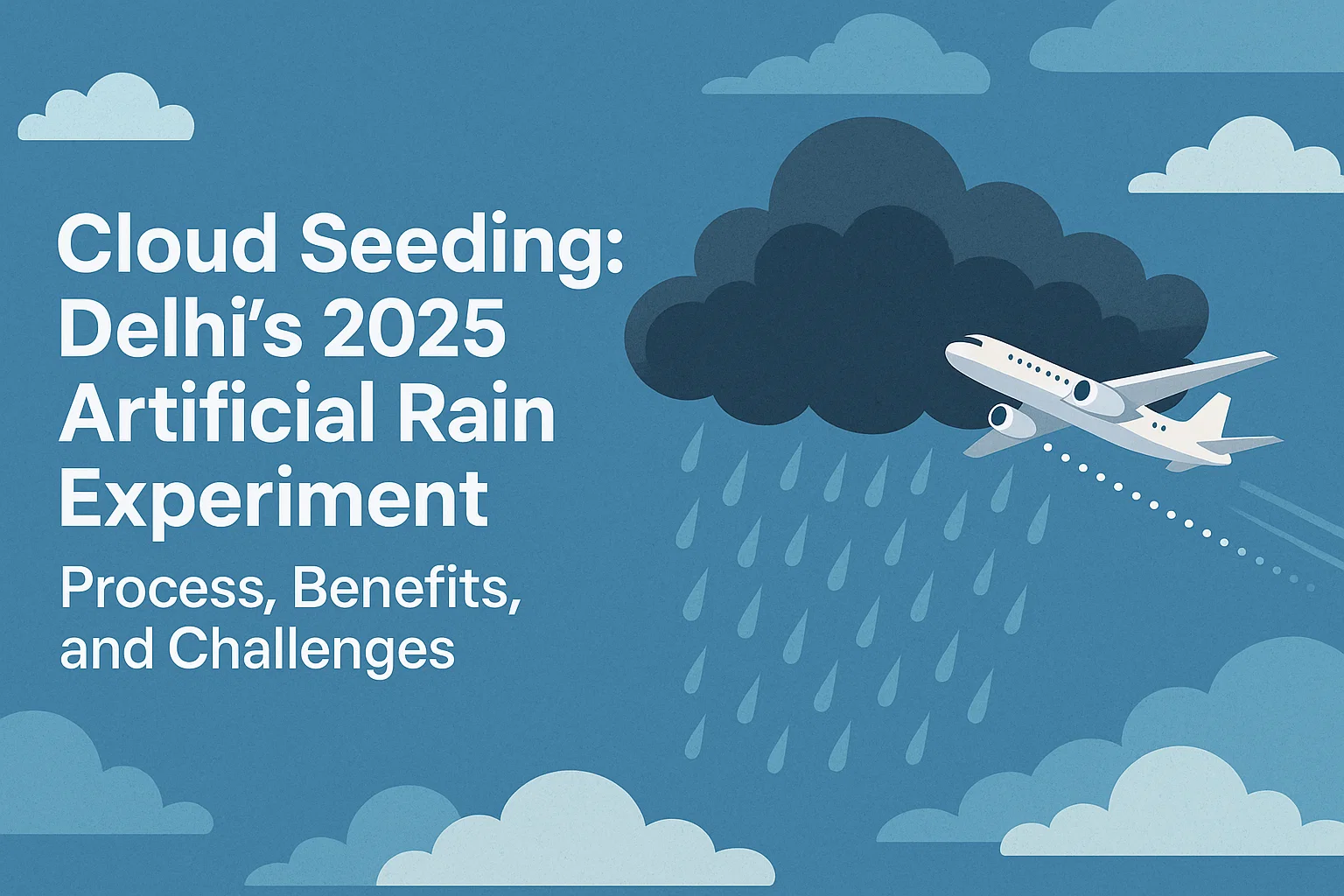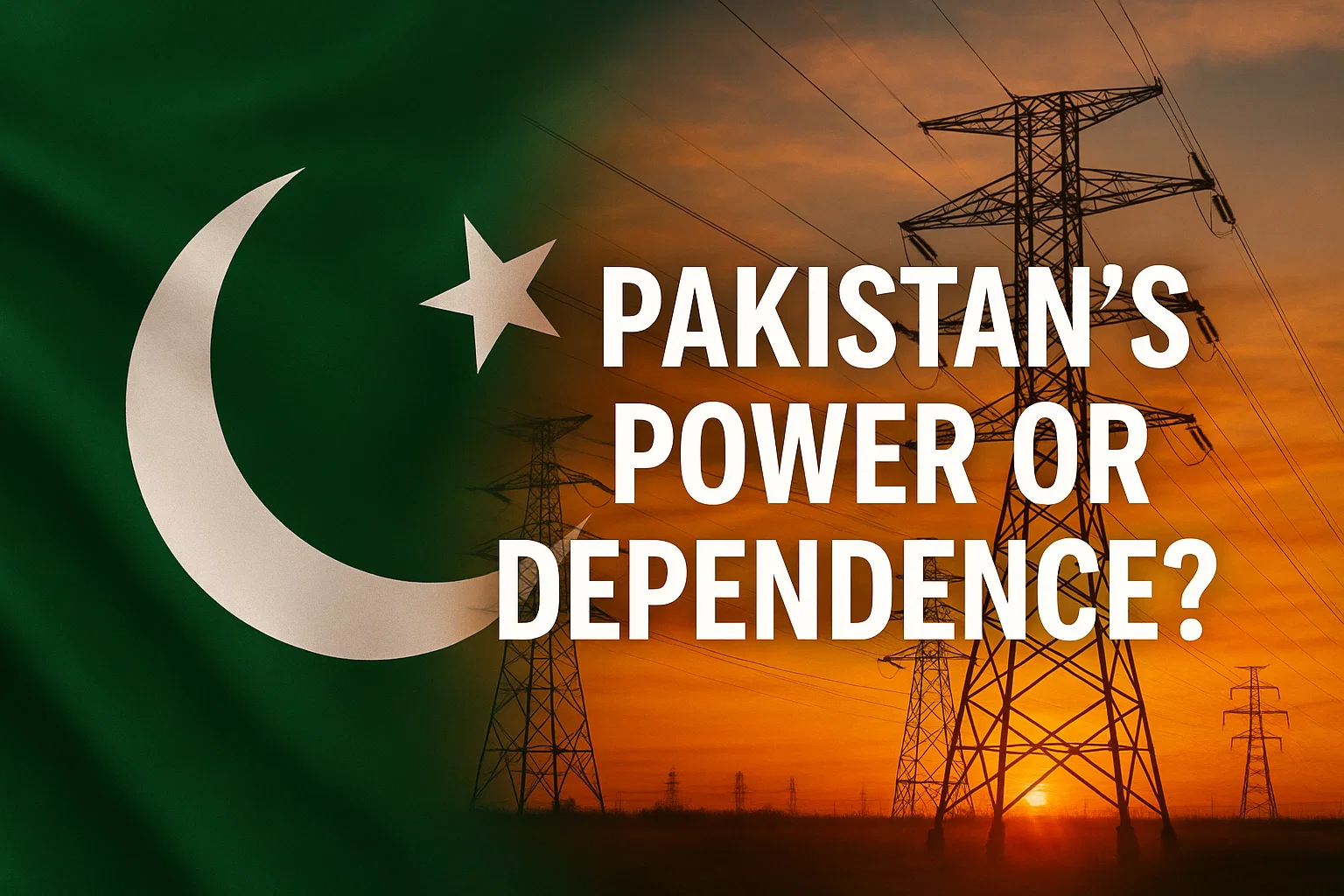Font size:
Print
Imposition of President’s Rule in Manipur
Context:
Recently, the Union government announced the imposition of President’s Rule in Manipur, four days after Chief Minister N. Biren Singh’s resignation.
More on News
- The Ministry of Home Affairs issued a notification stating that President Droupadi Murmu was satisfied that the situation in the State had deteriorated to a level where governance could no longer function in accordance with constitutional provisions.
Reasons for Imposition
- The decision follows months of ethnic violence between the Meitei and Kuki-Zo communities, which has been ongoing since May 2023.
- The conflict, driven by the Meitei demand for Scheduled Tribe (ST) status and opposition from the Kukis, has resulted in over 250 deaths and displaced more than 60,000 people.
- The crisis deepened when Chief Minister Singh resigned on February 9, and the State leadership failed to reach a consensus on his successor.
Constitutional Provisions on Emergency
- Part XVIII: India’s emergency provisions, inspired by the German Constitution, are outlined in Part XVIII of the Indian Constitution.
- Types of Emergencies: These provisions empower the Centre to intervene in extraordinary situations to maintain stability and uphold democracy. The Constitution allows for three types of emergencies:
- National Emergency (Article 352)
- State Emergency, or President’s Rule (Article 356)
- Financial Emergency (Article 360)
- Article 356: President’s Rule in Manipur was invoked under Article 356, which enables the Centre to assume control of a State when its government fails to function constitutionally.
- This aligns with Article 355, which mandates the Union to protect States against external aggression and internal disturbances.
- If the President is satisfied, based on a Governor’s report or other inputs, that governance in a State has collapsed, she can issue a proclamation transferring executive powers to the Centre and legislative powers to Parliament.
- The High Court’s authority remains intact.
- Article 365: Under Article 365, if a State government fails to comply with Union directives, the President can declare a constitutional emergency.
- However, such a proclamation requires Parliamentary approval within two months.
- If approved, it remains effective for six months and can be extended in six-month increments for up to three years under specific conditions.
State Emergency vs. National Emergency
- While both types of emergencies allow central intervention, their scope and implications differ significantly.
- National Emergency (Article 352): It applies when India’s security is threatened due to war, external aggression, or armed rebellion.
- It has been invoked three times: during the 1962 war with China, the 1971 war with Pakistan, and the 1975 Emergency declared by Prime Minister Indira Gandhi.
- The 44th Constitutional Amendment (1978) introduced safeguards against its misuse, including requiring a written recommendation from the Cabinet and ensuring judicial review of the President’s satisfaction.
- State Emergency (Article 356): It is invoked when a State’s governance collapses.
- While a national emergency has no time limit, President’s Rule can last a maximum of three years under strict conditions.
- Fundamental Rights: Fundamental rights remain unaffected under President’s Rule, whereas a national emergency can suspend freedoms under Article 19 and restrict other rights.
- In Manipur’s case, the Assembly has not been dissolved but placed under “suspended animation,” meaning it can be revived if political stability is restored.
Impact and Administration Under President’s Rule
- Under President’s Rule, the State’s executive powers are transferred to the President, with the Governor acting as her representative.
- Governance is administered with assistance from the Chief Secretary and advisers appointed by the President.
- Parliament assumes the State’s legislative functions, and Article 357 allows it to delegate these powers to the President or another authority.
- Financial operations continue through the State’s Consolidated Fund with Presidential approval.
Historical Context and Judicial Oversight
- President’s Rule has been imposed 134 times across various States and Union Territories since 1950.
- Manipur now holds the record for the most instances of President’s Rule, tied with Uttar Pradesh at 11 times.
- The longest instance in Manipur lasted over two years (1969–1972), while Jammu & Kashmir holds the national record with over 12 years of President’s Rule due to militancy and separatist movements.
- Initially, courts refrained from interfering in President’s Rule decisions. However, the S.R. Bommai vs. Union of India (1994) case redefined its legal boundaries. The Supreme Court ruled that:
- Article 356 must be used only as a last resort, as recommended by the Sarkaria Commission.
- The Centre must issue a warning to the State before imposing President’s Rule.
The President’s power under Article 356 is subject to judicial review.
- The State government must be dismissed once the proclamation is issued, as two parallel governments cannot function simultaneously.
- The verdict ensured that President’s Rule could not be imposed arbitrarily or for political gains and reaffirmed the federal structure of governance in India.


